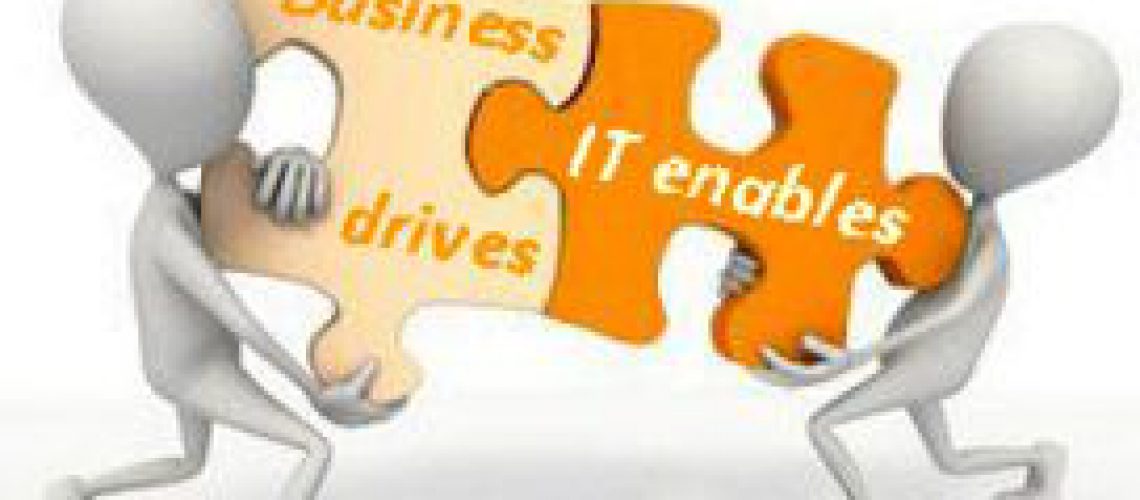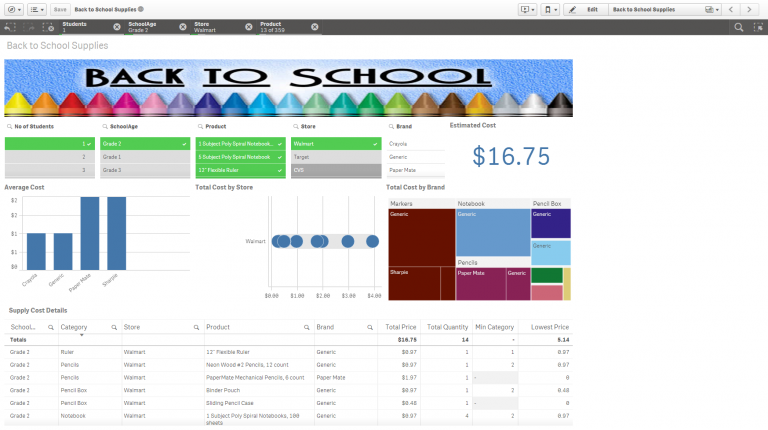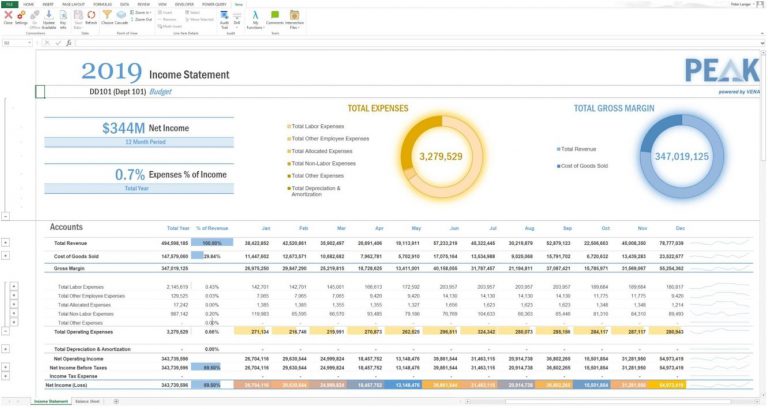Good News, Bad News.
Good news is that Excel can now hold more than 65,536 rows of data. Bad news is that Excel can now hold more than 65,536 rows of data.
It is not uncommon for users to ask for everything they “need” downloaded into Excel. This confuses the IT group and usually generates responses such as, “Huh? We already have that information in a database,” “Why would you want to do that?” or my favorite, “You do not need that.” So what we really have here is an IT individual determining what a business user needs. The business user making this request typically helps generate sales in an organization. This is also the same business user that if they did not do their job well, the IT group and other support areas would have no purpose and therefore no job.
There is stress to deliver value on all parties in an organization. IT is responsible for keeping systems up and running so that mountains of data concerning sales and operations can be collected. The business user is responsible for increasing sales year after year, driving profitability, and winning market share. Some organizations have a culture that encourages these two areas to work together for the betterment of the company. Others are still struggling.
When the business wants to track something new and the IT process does not support that change, many times the business will just track it themselves. There are multimillion dollar organizations out there that have critical business information in Excel. And that the Excel 65K row limit has been eliminated, the only real limit is the amount of memory on the workstation. More sophisticated users will use Access Databases.
How do we fix this? We fix it together – time to order a pizza for lunch. BOTH business and IT have to come to the pizza lunch open minded. BOTH business and IT cannot blame the other for where they are. Gone are traditional SDLC waterfall methods of developing BI and Analytics. The business needs to see that today’s technology can enable IT to be more responsive to them. When the business sees that IT can respond to them in less than 6 months, they will stop asking for data dumps and also stop collecting data on their own. IT needs to show that when the business comes back to “ask for more” it is not because the business user is stupid, it is because until they could see what was initially delivered, they are now better able to articulate the refinements that will add even more value to the organization.
This iteration the first time through is tough. IT is afraid that the business will have an uncompleted or open project for-ev-ver (shine flashlight up on your face). What really happens is an alignment of IT and the business. IT begins to understand what the true business needs are, and the business begins to understand that if they share their goals and strategies with IT, IT can better server them. Ahhh…the beauty of iterative development…
After the first cycle of development, business request, and IT fulfillment, the culture of the organization MUST not find fault in the business user for incomplete requirements. In addition, the culture of the organization MUST not find fault in IT for delivering what the business asked for but not what they wanted.
The jury is in; conversational design and iterative development for BI and analytics brings IT and business back together aligning strategic goals of the organization. This results in improved process, increased profitability, and an aligned culture – a good thing, right?





